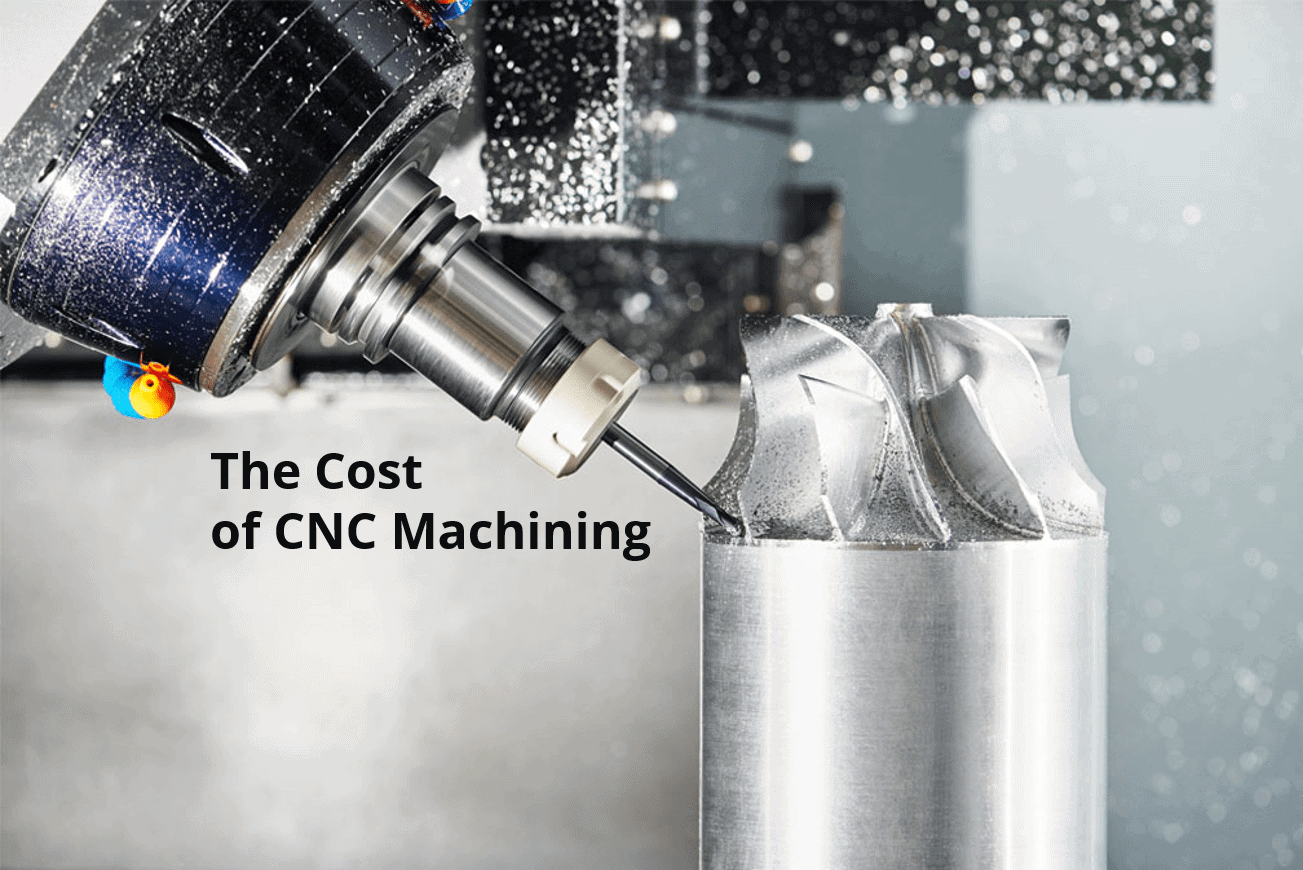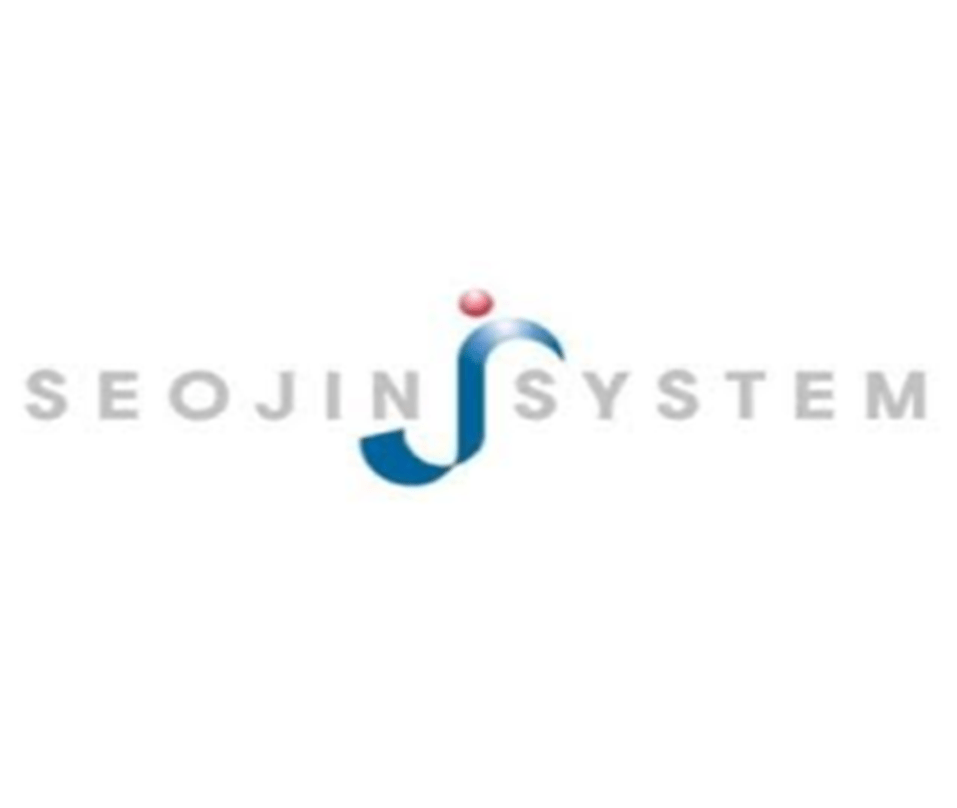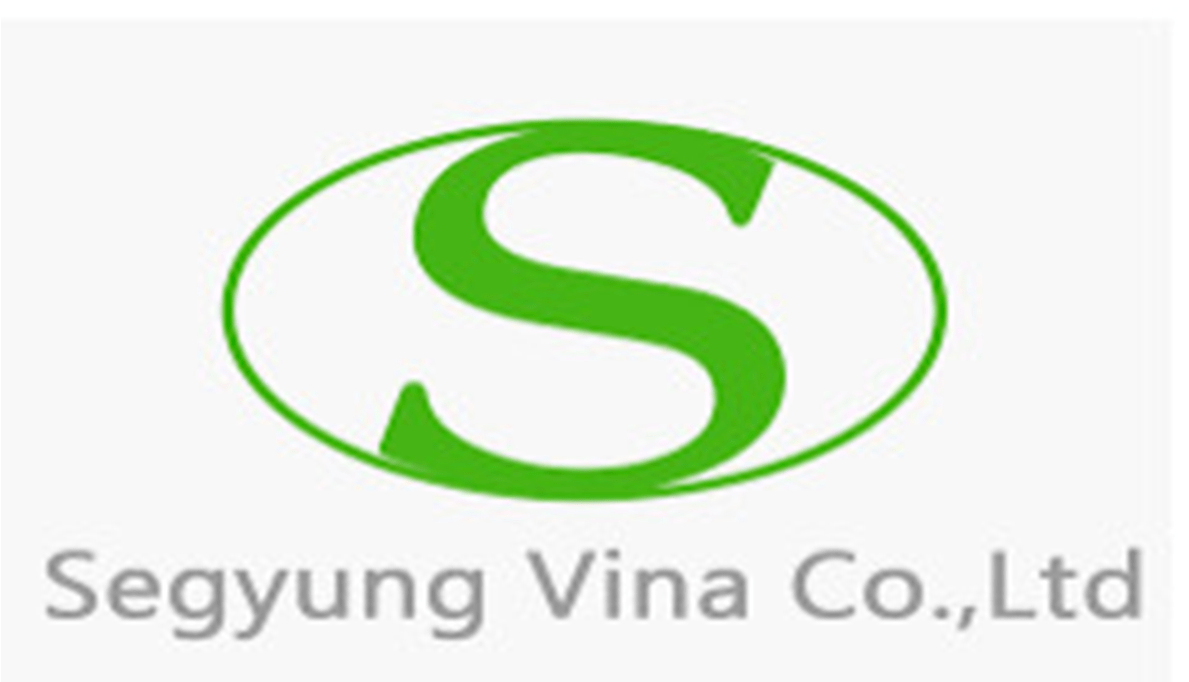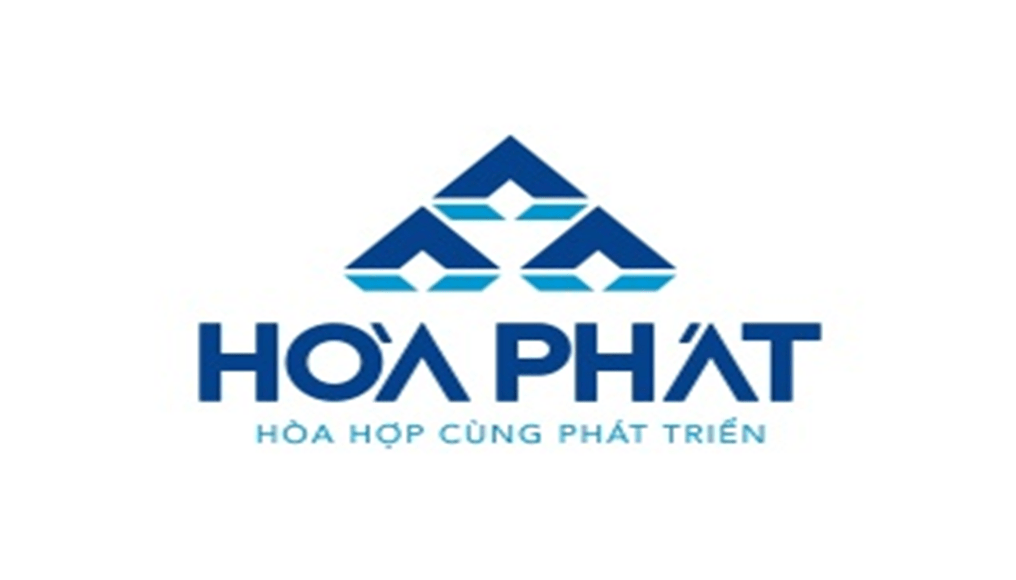Print CNC Machining, there are no set costs that can be universally applied to different machining projects. The cost of a CNC machining project is jointly determined by several factors. Since cost is a vital consideration in most projects, it is recommended to understand those factors and the extent to which they affect cost.
This article will help you understand the main factors that drive the cost of CNC machining and optimise your project to get the most out of it.
Factors that affect CNC machining cost
The most important factors that affect the cost of CNC machined parts can be classified under equipment, materials, design, manufacturing volume, and finishing operations.
Equipment and machinery
Equipment costs are acquired before machining begins. However, they are setup costs and influence the cost of the machining project. The more expensive it is to procure, operate, and maintain a machine, the more expensive parts manufactured with the machine will be.

How to choose the type of CNC machine
CNC manufacturing involves various machining operations. These include drilling, boring, turning, and milling. Most of these are carried out on either a CNC lathe or a CNC mill.
Another point is how efficient the machine itself is. CNC machines have evolved over the years. The early NC and CNC machines are nothing compared to the highly advanced modern CNC machines in use today. Modern machines are faster and much more efficient. In the long term this speed makes the production of parts cheaper.
How to choose the tooling for CNC Machining
In addition, the costs of cutting tools also influence total equipment cost. The tool material, coating, and geometry all affect this cost. For example, cemented carbide tools, that are harder, more heat resistant, and able to withstand extreme speeds, cost over two times more than tool steel tools.
Why CNC Milling is more expensive
Mills typically cost more than lathes as they feature more complex moving parts; are harder to set up, operate, and maintain; and are capable of more complex operations. CNC milling is, therefore, generally more expensive than any other operation.
Milling machines are of different types, with varying levels of complexity and capability. The more expensive it will be, the more expensive it will be. Modern CNC machines mostly have three axes or five axes. While 5-axis machines can create very complex geometries more accurately and faster (so they require less machining time), they are usually more expensive than their 3-axis counterparts.










